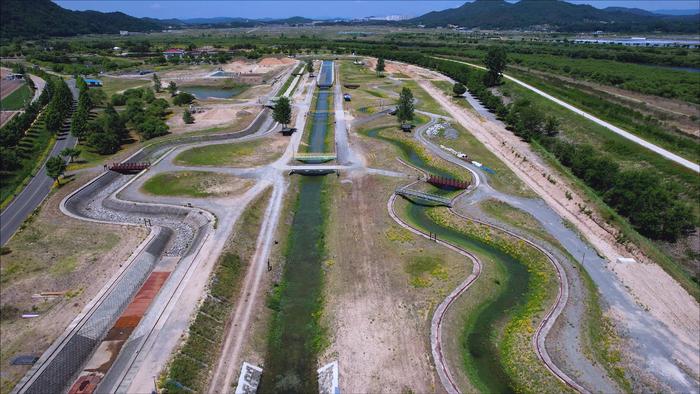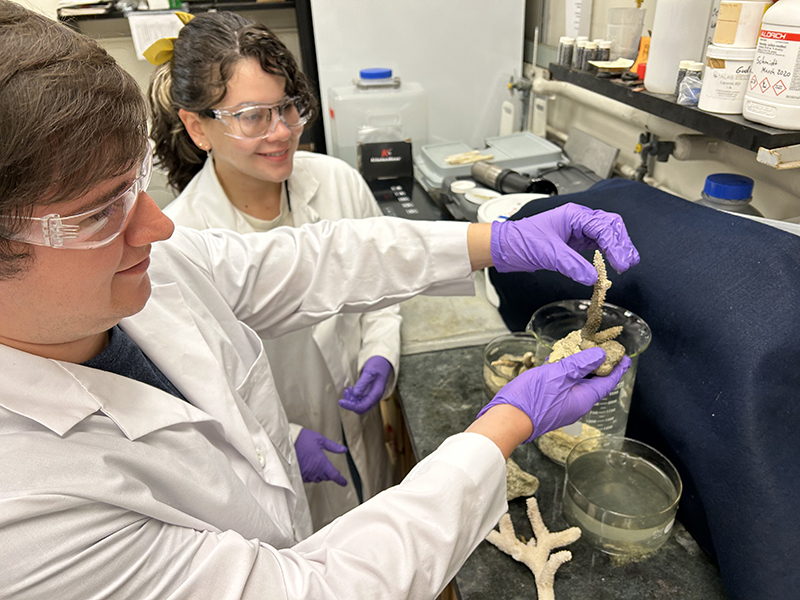Hyperaccumulators Could “Vacuum” Heavy Metals From Contaminated Soil
If plants can be carnivores, mostly consumers of insects, why can’t they be “ferrumivores”, “ferrumivorous” or metal eaters? Fortunately, it turns out they can and they are.
A team of scientists, led by Dr. Edwin S. Fernando, at the University of the Phillipines-Los Banoes has identified a species of plant, “Rinorea Niccolifera”, also know as a “hyperaccumulator” capable drawing sustenance from soil, nutrients and water but also capable of eating normally poisonous toxic metal.
David Salt, Professor of Horticulture and colleagues, pictured above, of Purdue University, are also studying how plants remove toxic metals from polluted sites or extract useful metals from soil, a process known as phytomining.
Rinorea Niccolifera is native to the western side of Luzon Island which has soil with heavy concentrations of heavy metals. Of the over 300,000 known types of plants worldwide, only 450 have the ability to “mine” metals and withstand “metal toxicity” including Cd, Co, Cu, Mn, Ni and Zn as well as metalloids (As) and non-metal (Se).
Living On Metal Rich Dirt
The earth under thousands of industrial manufacturing sites is contaminated with nickel, gold, cadmium, zinc and other metals. Plants have long been known to “absorb” toxic metals from the ground, storing them in tissues. But the Rinorea Niccoliferais different; it sequesters nickle in its vacuoles at up to 18,000 parts per million without doing damage other parts of the plant cell.
A year ago IndustryTap reported on “E-Waste: The Electronic Age Has A Date Side! Is Refurbished Electronics The Answer?” in which E-waste from cellphones, TVs and other electronic devices was reported as the fastest growing component of the waste stream worldwide. The answer seemed to be electronics repair and refurbishing, one of the fastest growing industries worldwide. But not all electronic equipment can be repaired or refurbished.
Growing a “Crop” of Metals
Scientists believe that with the right capital investments and a bit of synthetic biology, capture and refinement of a wide range of metals and the creation of metal bars, at a cost of just $5/pound, is possible. With one of the major problems in the United States being the pollution of streams, rivers, lakes and oceans from land containing heavy metals and industrial waste, the existence of “metal eating” plants could save the day.
It should be mentioned that “meat eating” (insect eating) plants are on the decline due to toxins contained in the insects they eat. So, as usual, we are not out of the woods yet.
Related articles on IndustryTap:
- Bulb Eater Lamp Crusher: The “Cookie Monster” of Florescent Light Bulbs
- Tough as Steel, Prolific as Grass: Bamboo, Boron, and a Building Ethic For The Future
- Turn Up The Heat With Intense Product Testing. Environmental Test Chambers Key To Life Support In Extreme Conditions!
References and related content:






